
Welcome to the Knowledge Hub

Where to Charge
WORRIED ABOUT WHERE TO CHARGE?
You’re not alone — but things have come a long way. These days, there are more places to plug in than ever before. In fact, EV drivers now have more flexibility than petrol drivers (when was the last time you had a petrol station at home?).
Let’s break down the most common charging spots you’ll come across.

HOME
For EV owners, this is your main charging hub. With most journeys under 100 miles, topping up overnight means you’ll rarely need to think about it during the day. Most home setups use a wall-mounted charge point, though a standard 3-pin plug can work in a pinch (just not long term).

WORK
More employers are offering EV charging as a staff perk — great for your car and their green credentials. If your workplace hasn’t caught up yet, rally your fellow EV drivers and give HR a nudge. It’s a small but meaningful step toward lowering emissions.

PUBLIC
From supermarkets and gyms to town car parks and motorway services, public chargers are popping up everywhere. Some are even free to use and perfect for topping up while you shop or grab a coffee. Just remember: slow and fast chargers often need your own cable — so keep it handy.
HOW DO I PAY FOR CHARGING?
If you’re charging at home, it usually just adds to your electricity bill. But when you’re out and about, it’s good to know what to expect. Here’s a quick look at the most common ways to pay when charging on the go.
| Contactless Card The quickest option. Just tap your debit or credit card at the charger to start a session — no apps or accounts needed.  No sign-up No sign-up Often more expensive than other options Often more expensive than other options Available mostly on newer rapid and ultra-rapid chargers Available mostly on newer rapid and ultra-rapid chargers |
| Electroverse app A handy all-in-one solution. Download the Electroverse app, link your payment card once, and use it to charge across multiple major networks, all in one place. or step-by-step guidance on paying at public chargers, check out this helpful Electroverse article.  Fewer apps to manage Fewer apps to manage Integrated map shows compatible chargers Integrated map shows compatible chargers Not available on every charging network yet — but coverage is growing! Not available on every charging network yet — but coverage is growing! |
| Network App Some charging networks require you to use their own app. You’ll need to: 1. Download the app 2. Create an account 3. Add payment info or top up credit  Often offers lower rates than contactless Often offers lower rates than contactless Can be time-consuming if you’re using multiple networks Can be time-consuming if you’re using multiple networks |
| RFID Card Some networks offer (or require) an RFID card — a contactless key fob or card linked to your account. Tap it on the charger to begin.  Fast and reliable once set up Fast and reliable once set up Great backup if contactless or apps fail Great backup if contactless or apps fail Requires ordering in advance from the network provider Requires ordering in advance from the network provider |
 TIP: TIP:Not all chargers support every payment method, so it’s a good idea to have a couple of options ready — like your contactless card, the Electroverse app, and an RFID card if available. |
KEEPING YOU CHARGED ON THE MOVE
The UK’s public EV charging network has come a long way — great news if you’re planning to hire an EV with us. With thousands of new chargers being added every month, there’s now a wide mix of slow, fast, rapid, and ultra-rapid options available, whether you’re popping to the shops or cruising down the motorway.
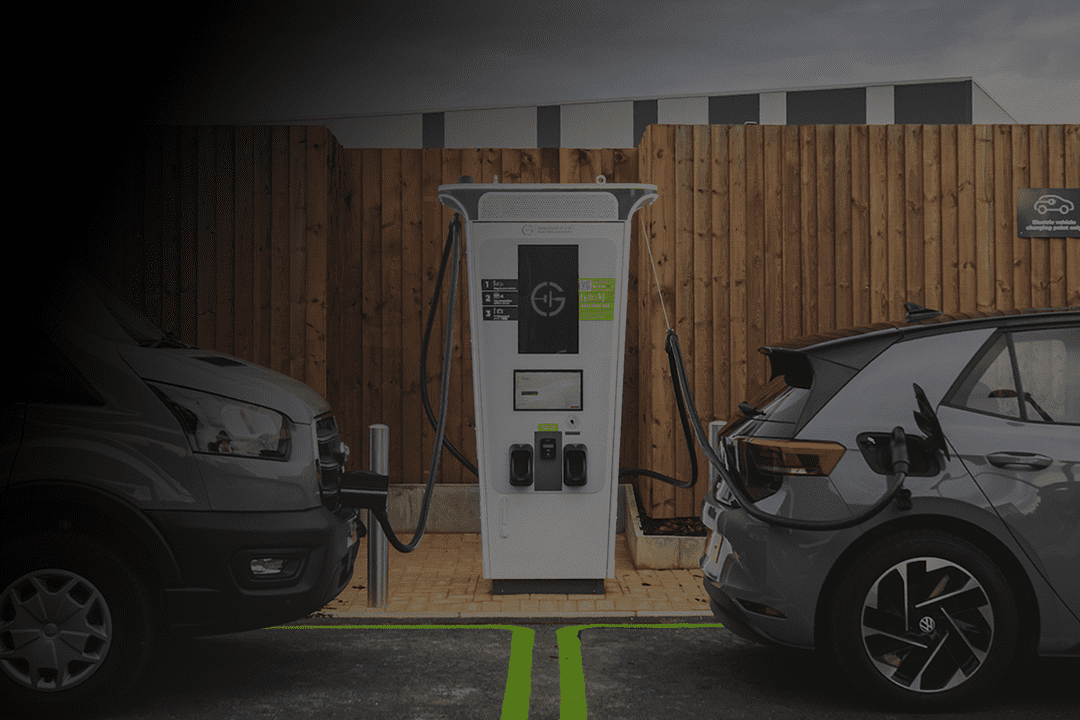
Gridserve
Found at motorway service areas across the UK with fast and ultra-rapid chargers. Big focus on EV infrastructure.
From 49p/kWh (AC) to 79p/kWh (ultra-rapid DC)
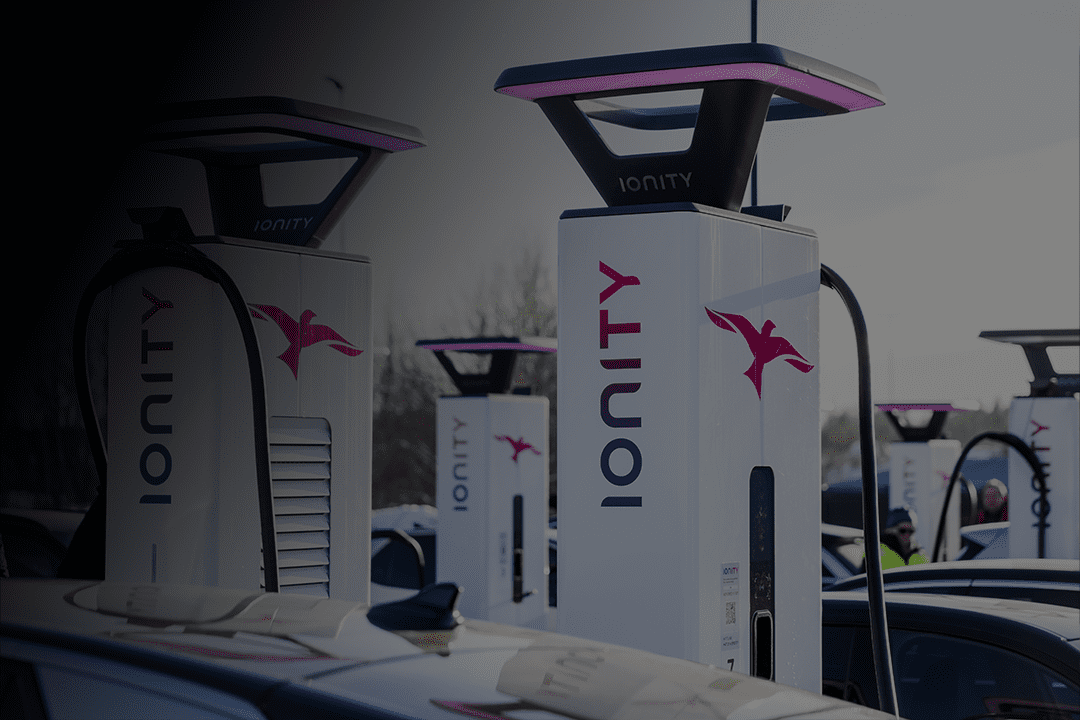
Ionity
Offers ultra-rapid charging (150kW+) along major motorways and strategic routes. Popular for longer journeys.
69p/kWh pay-as-you-go, or from 43p with a subscription
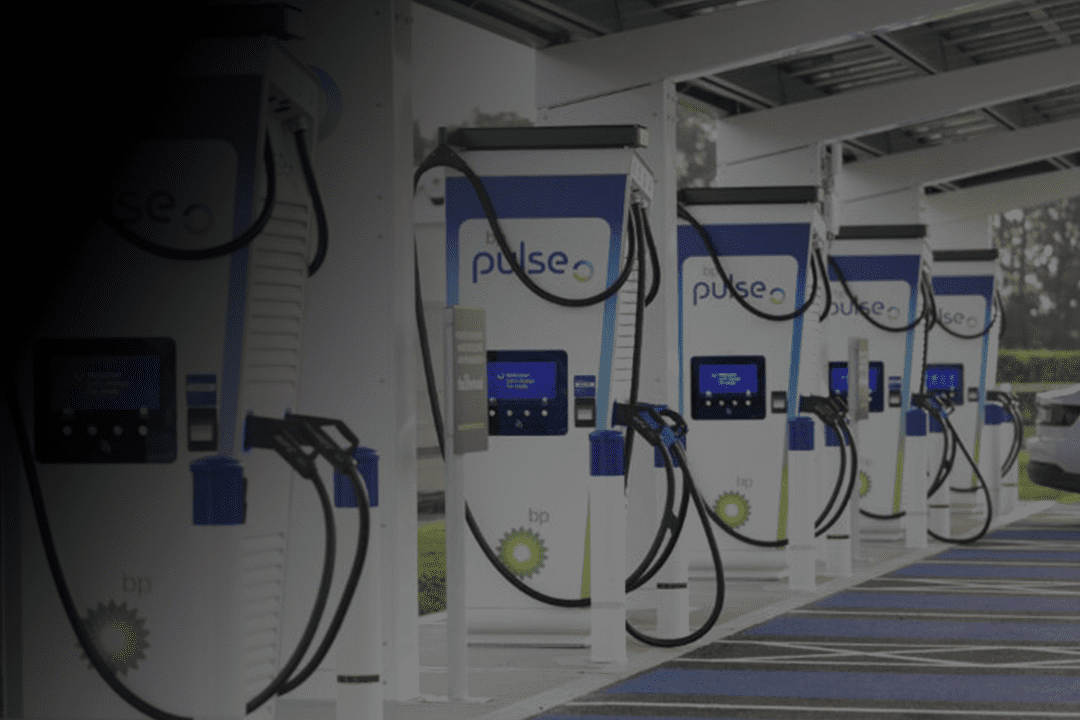
BP Pulse
One of the UK’s largest networks. Offers slow, fast, and rapid chargers. Often found in supermarkets and car parks.
65–89p/kWh. App and subscribers get lower rates from 55p
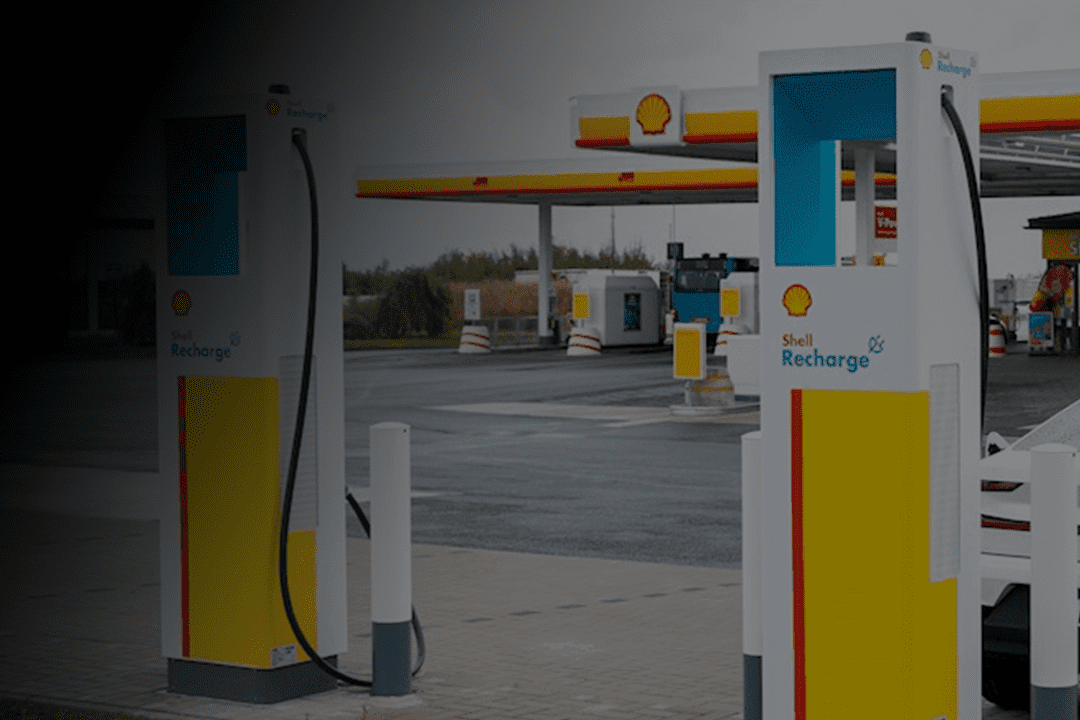
Shell Recharge
Expanding rapidly with a focus on fast and rapid charging at forecourts and supermarkets.
Charges range from 75–93p/kWh
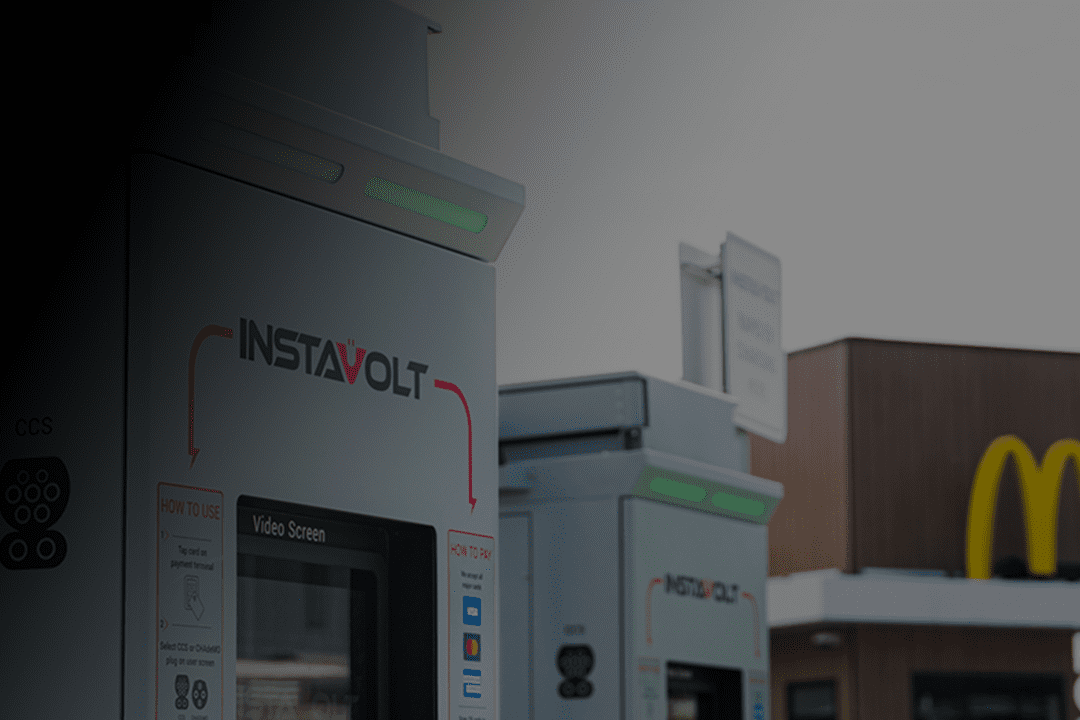
Instavolt
Reliable, easy-to-use rapid chargers, often at big-name food chains.
54p/kWh off-peak via app, up to 87p during peak with contactless
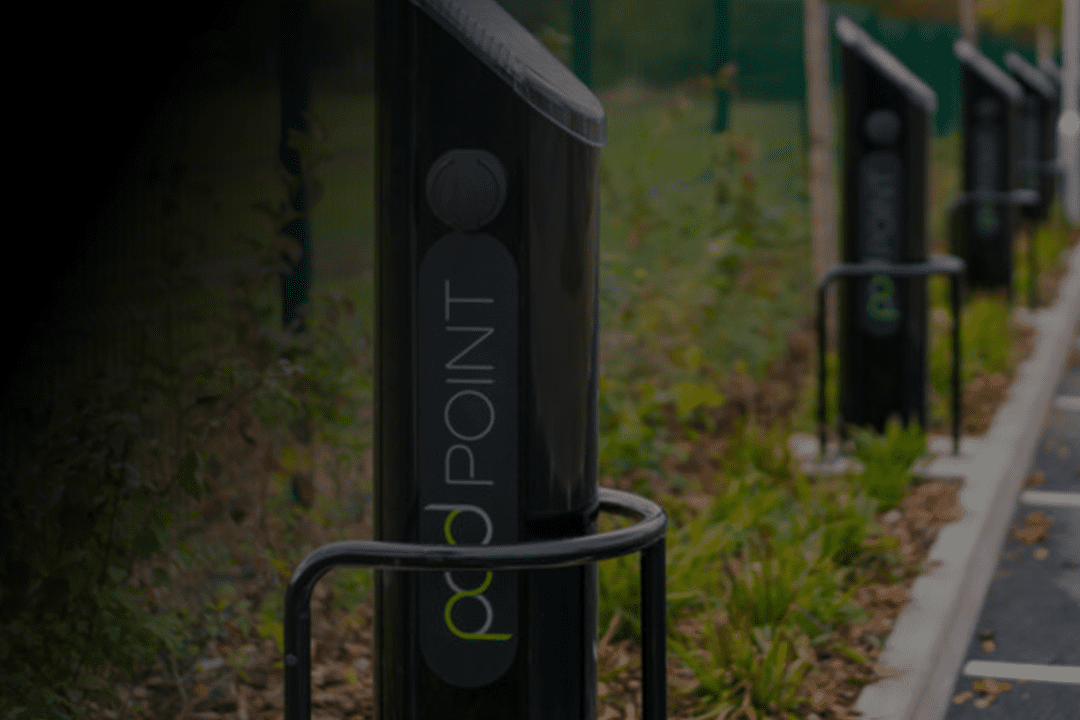
Pod Point
Common at Tesco stores and retail areas. Offers fast chargers, often free for a limited time.
Typically 48–65p/kWh
Want to know more? Check out Electroverse’s in-depth network.
*Rates can vary by charger type (slow, fast, rapid, ultra-rapid) and payment method — app, contactless, RFID, or subscription.
MUST HAVE APPS FOR STRESS-FREE CHARGING
Charging an EV is easier than ever — especially with the right apps in your pocket. Whether you’re finding nearby chargers, checking availability, or paying quickly on the go, these apps make the whole process smooth and hassle-free. Here are some top apps every EV driver should have ready before hitting the road.

Offers access to numerous networks under one account with competitive pricing (Octopus Energy customers get extra perks).
Download app
Access multiple UK charging networks with one app and card, simple payments, live pricing, and easy VAT invoicing.
Download appThe go-to UK app for locating charge points, checking real-time availability, and planning trips.
Download app
Stay charged wherever you go

Europcar recommends Electroverse to search for EV charge points and plan your EV journeys
With the widest choice of charging options in the UK, Electroverse gives you access to an inspiring community of EV drivers – and provides peace of mind when out and about in your EV.

